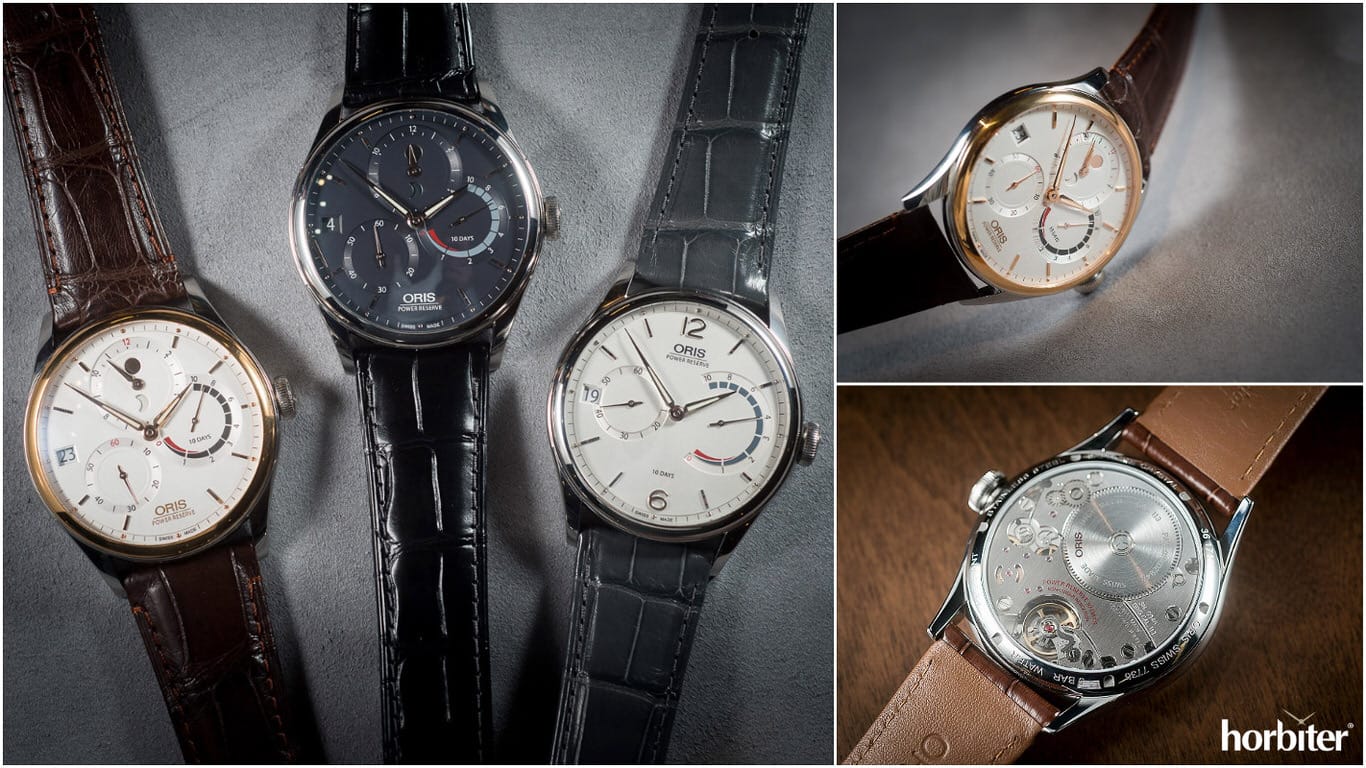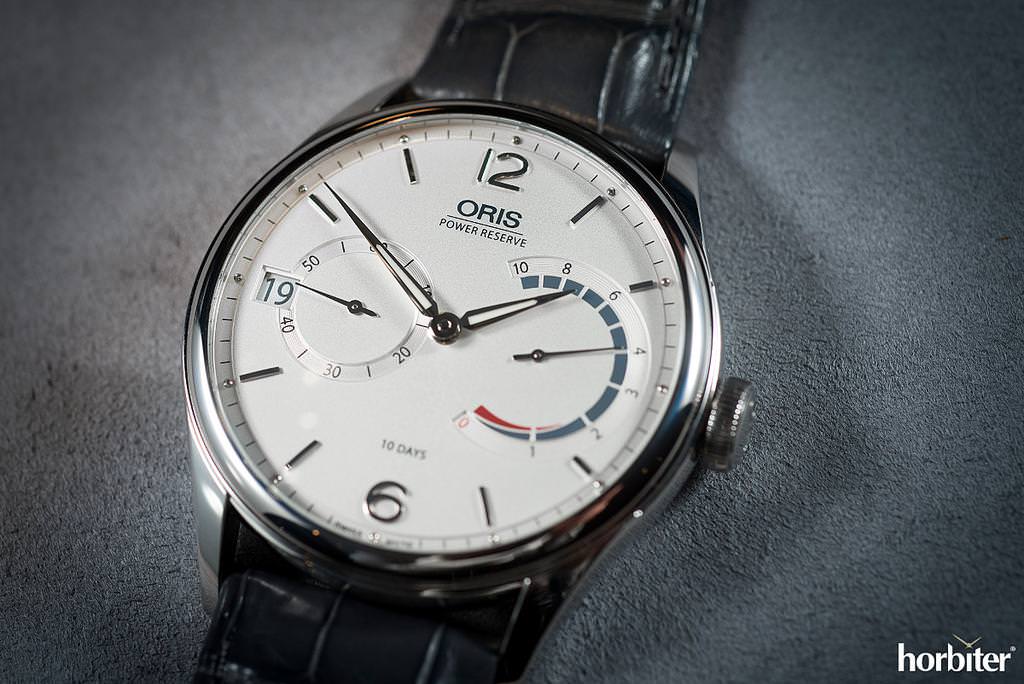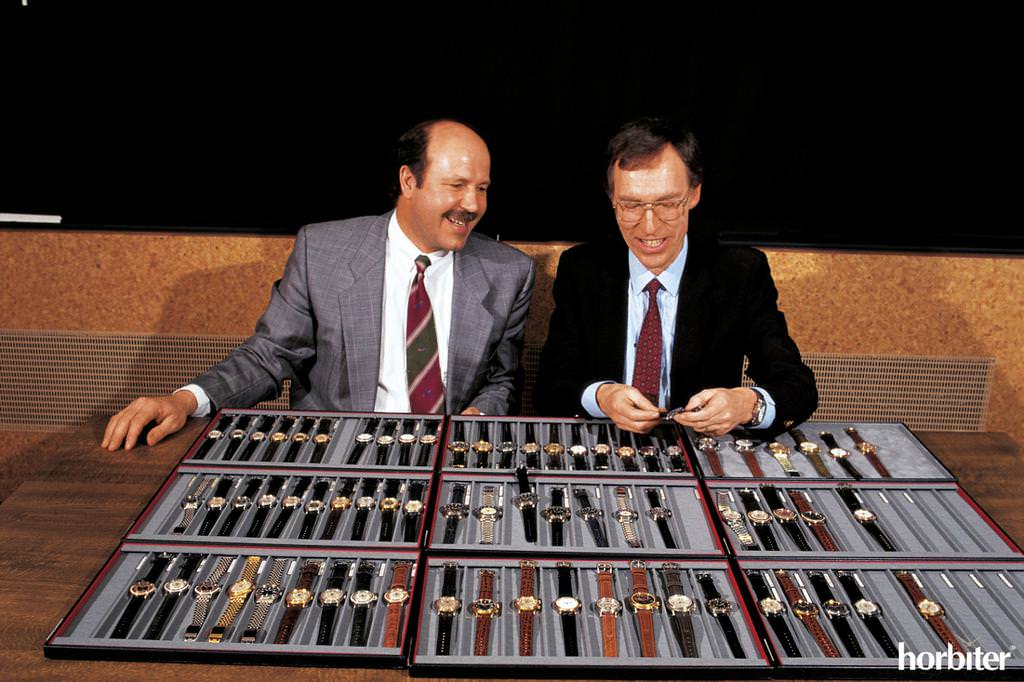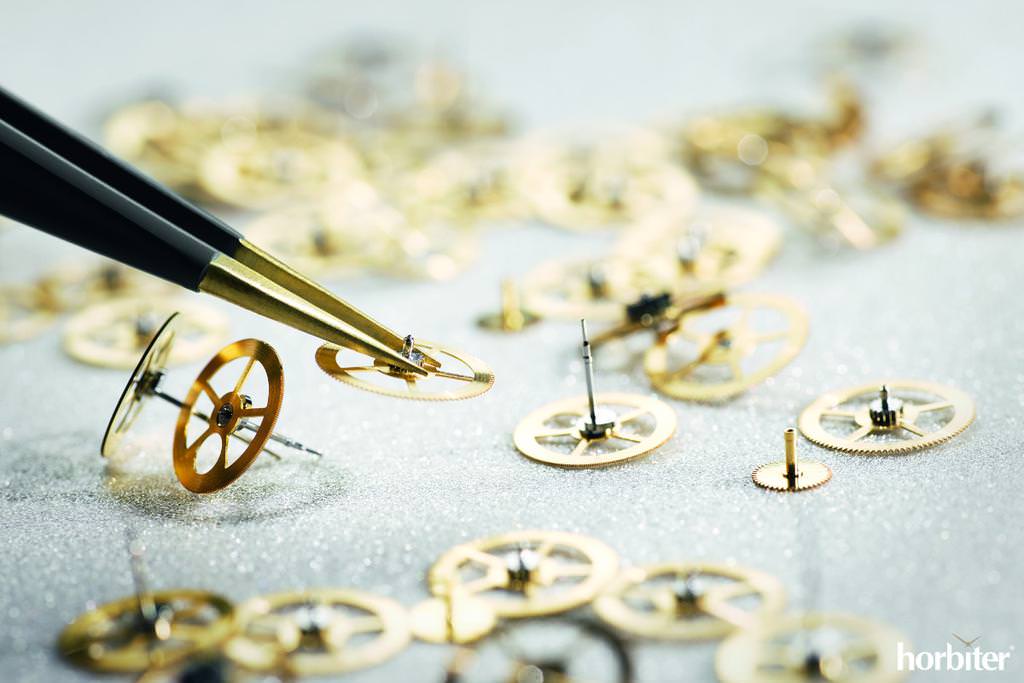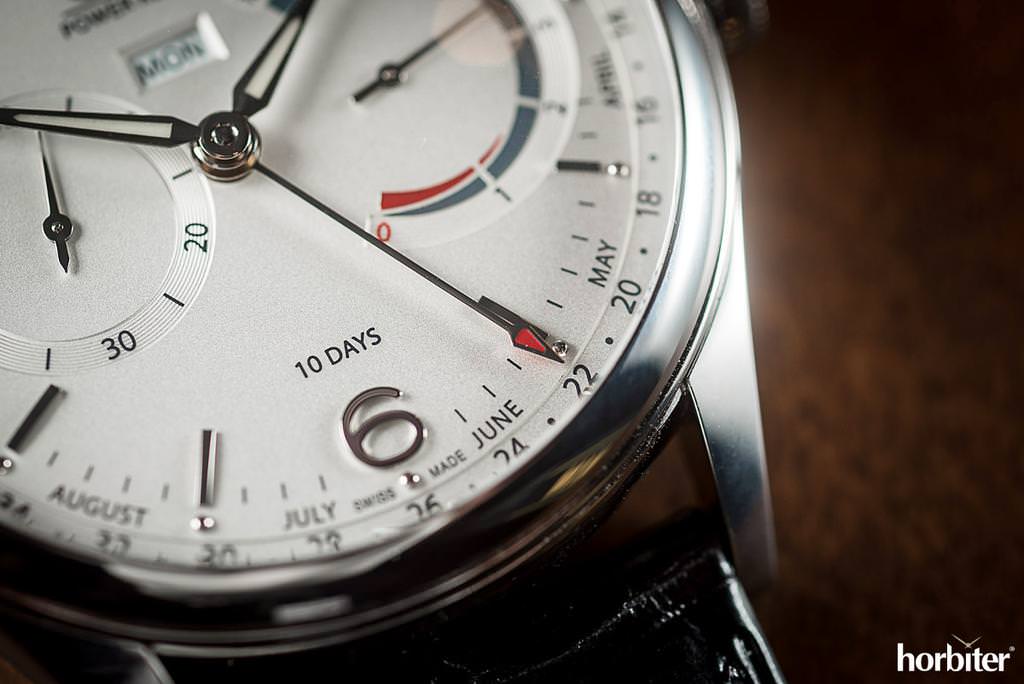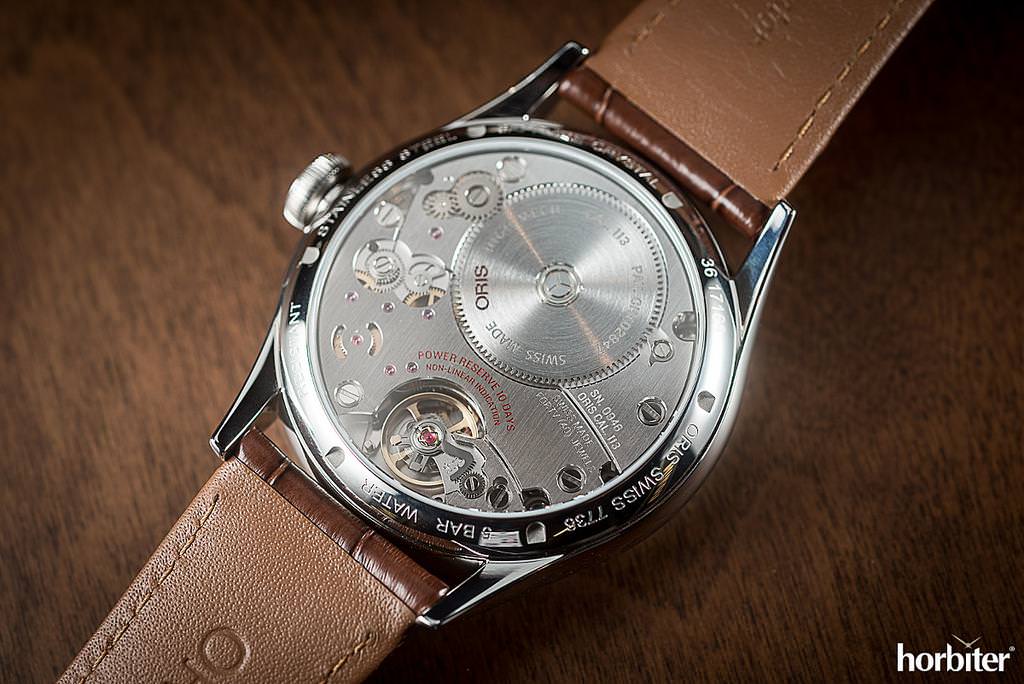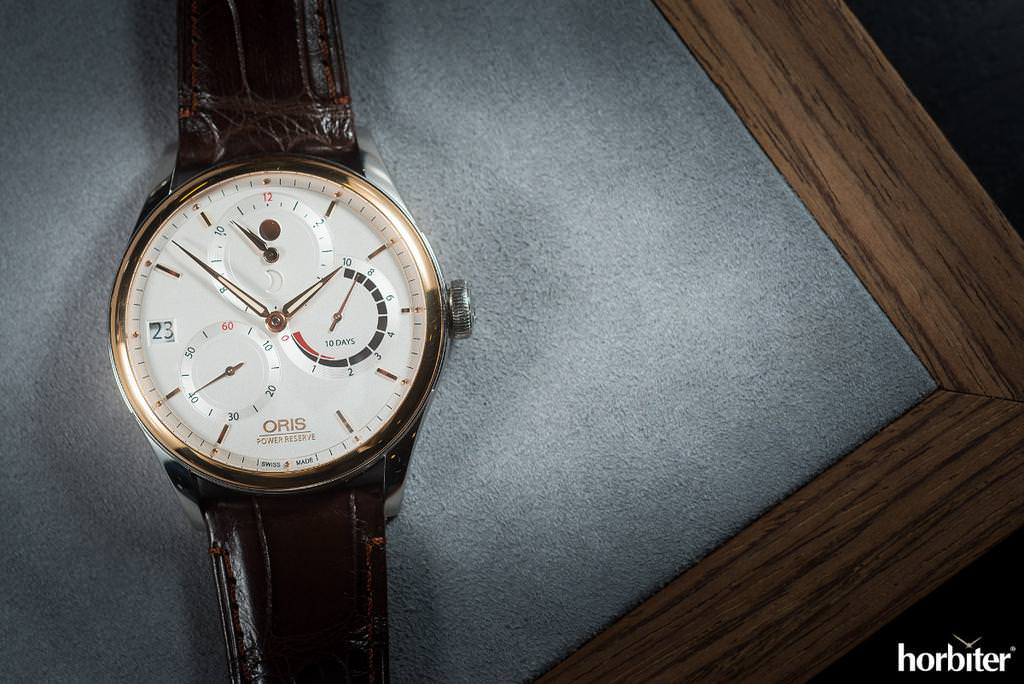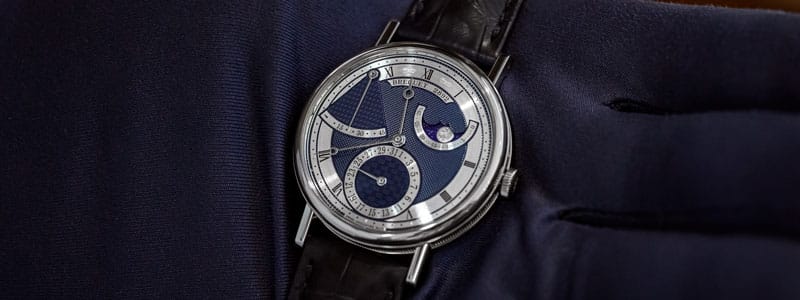Table of Contents
In-house mechanical movements are today a must for any watch manufacturer since ETA is not providing its technology outside the Swatch Group any longer. Moreover, designing a new caliber is the yardstick of a brand’s capabilities. The Oris calibers that belong to the 110 family of mechanical movements are not often in the news, yet this collection represents a best-in-class on the market.
A brand that I discovered years ago thanks to a former colleague and the ads of its professional divers’ watches
The first time I got my hands and eyes on an Oris watch was in 2005. Back then, I worked for FCA, and one of my colleagues had a three-hands Oris watch he used on a daily basis. He was pleased with the timepiece, found it reliable rather than appealing, and took it at a reasonable price. In 2005, my knowledge of Oris was restricted to its big professional divers’ watches, which represent today a niche for enthusiasts and professional divers alike.
Oris is an independent company
Being independent has a disadvantage: it does not allow a company to share investments and standardize costs with other brands, which is instead possible if that company belongs to a big industrial group. It has an advantage conversely: you are hands-free on any new project. The caliber 110 was conceived from the ground up and includes technical features so original that I am pretty sure it could have hardly been produced had Oris been part of a big group.
Oris is over 110 years old.
You will not find anywhere else as in the watchmaking industry such a desire to celebrate anniversaries: Communication Managers are aware that these moments represent a not-to-be-missed opportunity to highlight the history of a brand and anniversaries are therefore a perfect moment to unveil something special, that will positively affect the brand’s image for years to come.
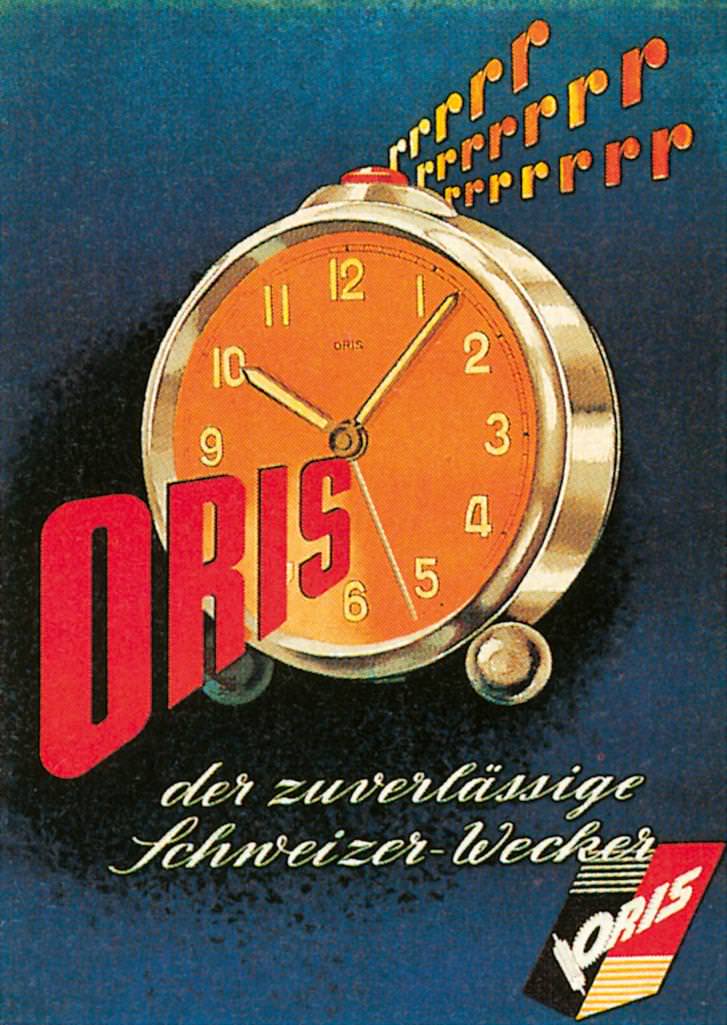
Oris was a manufactory until 1981.
Between 1904 and 1981, Oris built a large 229 calibers; it turned then to develop modules out of ETA base calibers. Whether those calibers might be regarded as 100% in-house or not is hard to tell, as I doubt Oris used to produce its balance springs internally.
It is big and has ten days of maximum power reserve
The caliber 110 has a diameter of 34mm and is reminiscent of those large hand-wound calibers encased in a pocket watch. It vibrates at 3Hz and has ten days of maximum power reserve. The choice of such a high power reserve is no coincidence, in my opinion. I reckon engineers at Oris were willing to design a manually-wound caliber without affecting usability, something you can achieve only by guaranteeing a longer power reserve.
The linear power reserve indicator.
If you take a look at the dial of an Oris Artelier Calibre 110 (or 111) you immediately notice that one of the two counters on its bi-compax lay-out is the power reserve indicator; it stands out as does a tachometer over a speedometer on a sports car’s dashboard.
A single large and capable barrel.
One of the features that make the caliber 110 easily recognizable at first sight and so appealing is the big barrel placed on top of the main plate and visible through the transparent case back. It is both a remarkable technical feature and a distinctive aesthetic element.
Oris has developed various complications based on the 110.
Nobody ever thought the caliber 110 would represent a stand-alone project aimed just at equipping an anniversary collection of timepieces. It would have been an industrial suicide and total nonsense.
It is a perfect caliber for a Big Aviator Watch.
There are watches out there that are rooted in the history of aviation, whose modern re-editions are instead not as credible as the original one is. The caliber 110, on paper, would perfectly fit a Big Aviator Watch‘s case. Personally, I believe that Oris is, in this case, losing the chance to enter an exciting segment, at a relatively low development cost, but with the right package.
The Artelier Calibre 111, 112 and 113 have an incredible market price
I honestly think Oris was not very smart in defining the price point of the various models from the Artelier collection because the asking price starts off at €5400 for an Artelier Calibre 111 up to €7600 for an Artelier Calibre 112 in steel and gold. Don’t get me wrong, the products’ quality is unquestionable, but they belong to a market segment that’s flooded with products whose technical specifications are not as refined as a 111‘s but whose brand’s image is more consolidated. This choice, combined with a somehow missing promotional campaign, has in my opinion affected the sales performance, the result being you can easily find them at much less than their price tags. Currently, their market prices range between €3200 and €4500 that represents a lot of bang for your bucks.
(Photo credit: Horbiter®’s proprietary photo-shooting)
Gaetano C @Horbiter®

